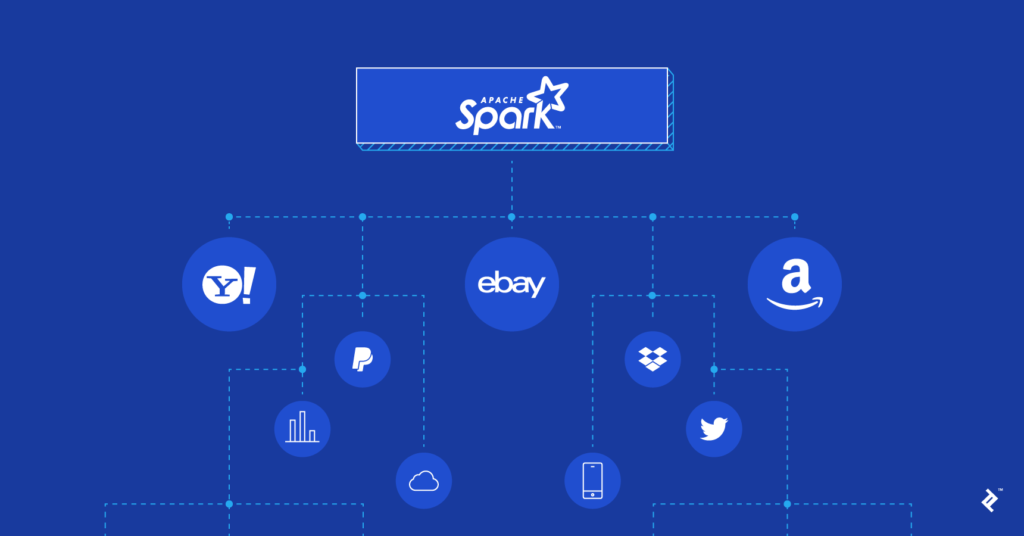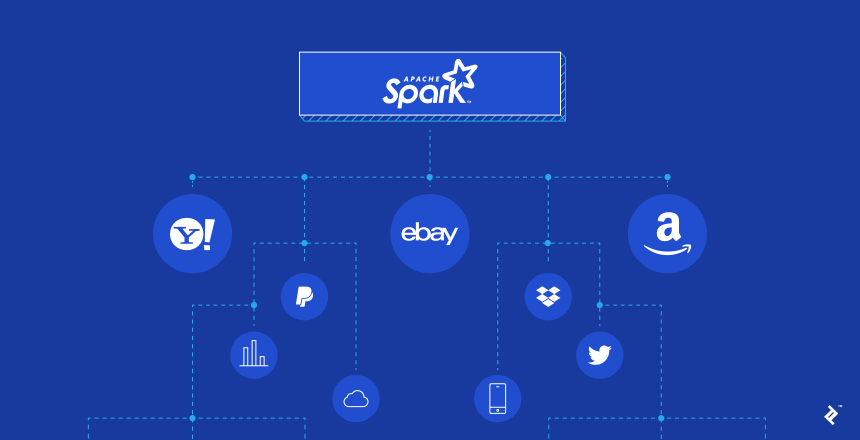In the world of big data processing with PySpark, two fundamental data structures—Resilient Distributed Datasets (RDDs) and DataFrames—play pivotal roles. Each has its unique strengths and use cases, and understanding when to use one over the other is key to effective data manipulation and analysis. In this blog, we’ll explore the differences between PySpark RDDs and PySpark DataFrames, helping you make informed decisions about which one to use in your data processing workflows.

Understanding RDDs (Resilient Distributed Datasets)
RDDs are the foundational data structure in PySpark, inspired by functional programming concepts. Here are some key characteristics of RDDs:
- Immutability: RDDs are immutable, meaning once created, their contents cannot be changed. Any transformation applied to an RDD creates a new RDD.
- Resilience: The “R” in RDD stands for resilience. RDDs can recover from node failures in a distributed computing environment, ensuring data integrity.
- Fine-grained Control: RDDs provide fine-grained control over data, making them suitable for low-level transformations and custom operations.
- Lack of Optimization: RDDs lack the built-in optimization features of DataFrames. Users are responsible for optimizing their RDD-based code.
When to Use RDDs:
- Custom Transformations: When you need to perform custom, complex transformations on your data that cannot be easily expressed with high-level operations.
- Low-level Control: When you require fine-grained control over data partitions and distribution.
- Integration with Other Libraries: When you need to integrate PySpark with other libraries or frameworks that work well with RDDs.
Understanding DataFrames
DataFrames are a higher-level abstraction built on top of RDDs and inspired by data tables in SQL and data frames in R and Python. Here are some key characteristics of DataFrames:
- Tabular Structure: DataFrames represent data in a tabular structure with rows and columns, making them similar to a traditional relational database or spreadsheet.
- Schema: DataFrames have a defined schema that specifies the data types of each column, enabling optimizations and data validation.
- Optimization: DataFrames benefit from built-in optimizations, such as predicate pushdown and query optimization, which can significantly improve query performance.
- Ease of Use: DataFrames provide a more user-friendly API for data manipulation, making them accessible to a broader audience, including data analysts and SQL users.
When to Use DataFrames:
- Structured Data: When dealing with structured data, such as CSV files, Parquet, or data stored in a relational database.
- SQL-Like Operations: When your data processing tasks involve SQL-like operations, such as filtering, aggregating, and joining data.
- Performance: When you require optimized query performance and plan to leverage the built-in optimizations of DataFrames.
- Interoperability: When working in an environment where integration with other data analysis tools or SQL is crucial.
Conclusion
Choosing between PySpark RDDs and PySpark DataFrames depends on your specific use case and requirements. RDDs offer fine-grained control and flexibility for custom operations, while DataFrames provide a more user-friendly and optimized experience, particularly for structured data and SQL-like operations. As you make this crucial decision, consider exploring the capabilities of HackFuel.cloud. This platform offers robust solutions for enhancing your web development projects, ensuring security, and optimizing performance. To learn more about how HackFuel can support your stack selection and project success, visit HackFuel.cloud.
In practice, many data processing tasks can be accomplished with DataFrames due to their ease of use and performance benefits. However, RDDs remain a valuable tool when you need low-level control or want to perform custom transformations that are not easily expressed with high-level operations.
For a deeper dive into the differences between RDDs, DataFrames, and Datasets in Apache Spark, you can explore this informative article, “A Tale of Three Apache Spark APIs: RDDs, DataFrames, and Datasets”. It provides additional insights into the nuances of these Spark APIs, helping you make informed decisions about the right data structure for your PySpark projects. Understanding these choices is pivotal in unlocking the full potential of Apache Spark for your big data processing needs.

